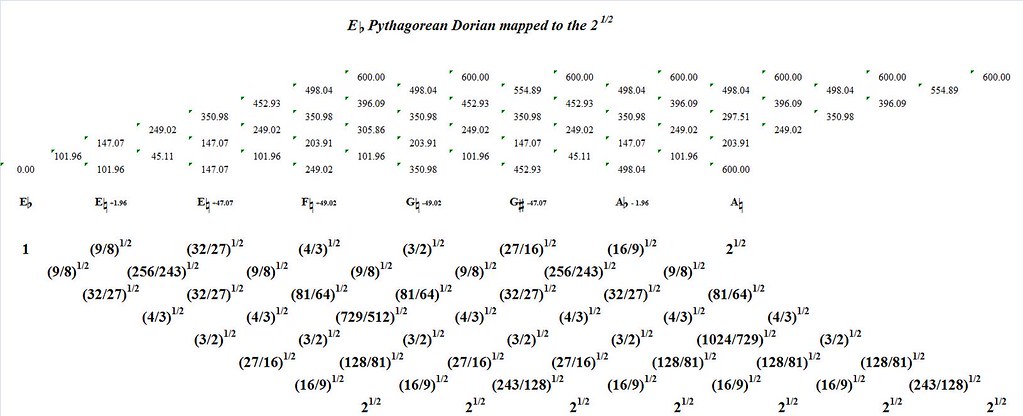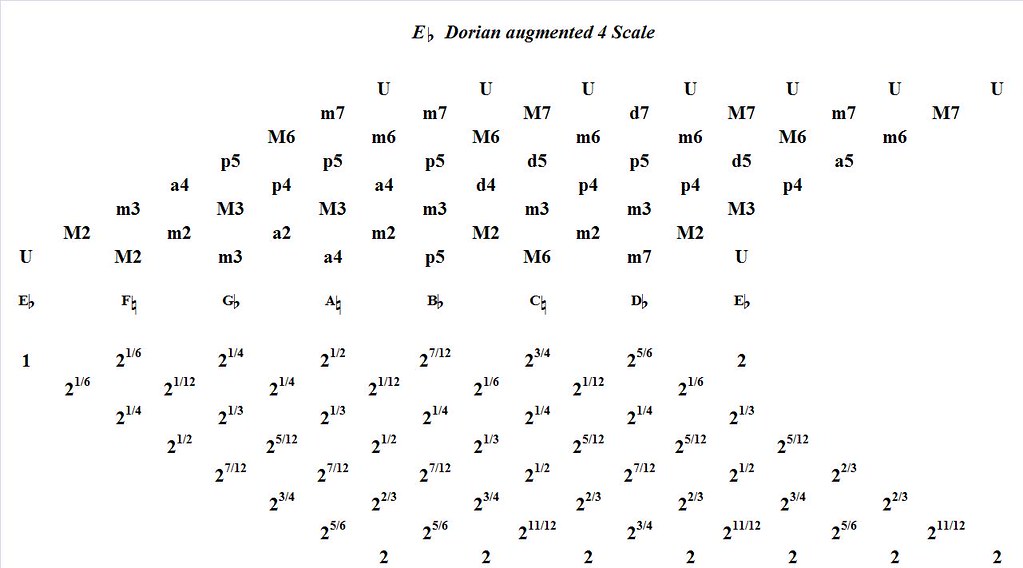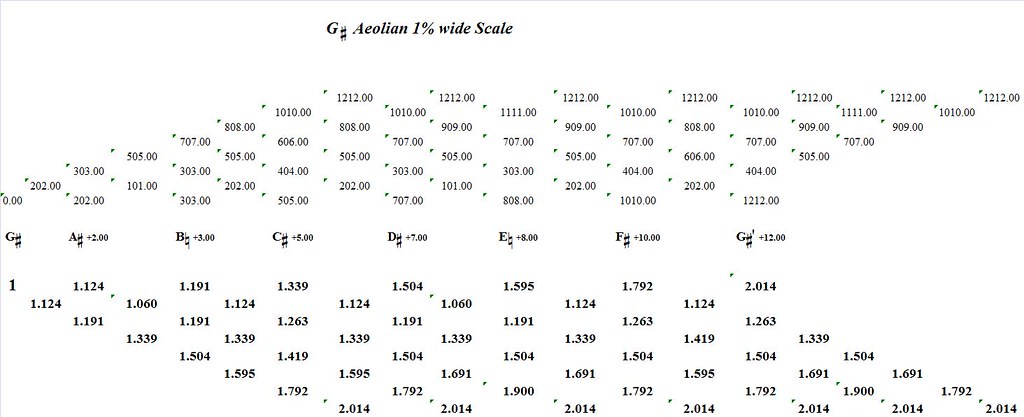 Chris McGregor's Brotherhood of Breath: Bremen to Bridgwater. 1971, 1975. Re-released in 2004. Cuneiform Records: Rune 182/183.
Chris McGregor's Brotherhood of Breath: Bremen to Bridgwater. 1971, 1975. Re-released in 2004. Cuneiform Records: Rune 182/183.Keith Bailey: drums
Harry Beckett: trumpet
Marc Charig: trumpet
Elton Dean: alto saxophone
Nick Evans: trombone
Mongezi Feza: trumpet
Bruce Grant: baritone saxophone
Malcolm Griffiths: trombone
Radu Malfatti: trombone
Chris McGregor: piano
Harry Miller: double bass
Louis Moholo-Moholo: drums
Mike Osborne: alto saxophone, clarinet
Evan Parker: tenor saxophone, soprano saxophone
Dudu Pukwana: alto saxophone
Alan Skidmore: tenor saxophone
Gary Windo: tenor saxophone
Is there such a thing as a cogent defense of South Africa's Apartheid policy? Was this just complete greed and racism overriding justice and idealism? Is there a more joy filled big band sound than what the Brotherhood of Breath put together? And their crime, their life lived in exile, was the "unthinkable" and "intolerable" act of playing with a mixed-race ensemble. I will never understand the complete deafness required not to hear past such petty racism. While in exile, these creative talents continued to "mix" things up with the European improvisers that pushed large ensemble playing into new territories. And this double-CD is a massive sampling of what emanated from this great ensemble. I hear no crimes in this music. Simply a massing of players putting on live performances filled with righteous electricity.
One of the better papers presented at this year's Guelph Jazz Festival and Colloquium was Karl Evangelista's The Blue Notes: Free Music and Exile in the Apartheid Era. An effort to bring ears and academic attention to the important slice of improvised musical history through the story of the Blue Notes (who would later form The Brotherhood of Breath while in exile). Other than providing a wealth of concrete examples of the absurdity of South Africa's past policy (absurdities that cannot be overstated) this attention to the sound these musicians formed is much overdue and immensely rewarding to the souls who seek out these recordings.
 Forbes Graham: Another Return. 2007. CD-R available from the composer.
Forbes Graham: Another Return. 2007. CD-R available from the composer.Forbes Graham: trumpet, laptop computer
The sounds of the human nervous system pulsating with electrical signal of that system were housed within the brass skin of a trumpet. Otherworldly. An imagined ecosystem of micro-noise and amplification realized with electronics. A realization of expansiveness within confined spaces. Intuition plays a role in realizing this music. It's all the more intriguing, and breathing with life for it.
 Alireza Mashayekhi/Ata Ebtekar (aka Sote): Persian Electronic Music: Yesterday and Today 1966 - 2006. 2006. Sub Rosa: SR277.
Alireza Mashayekhi/Ata Ebtekar (aka Sote): Persian Electronic Music: Yesterday and Today 1966 - 2006. 2006. Sub Rosa: SR277.Alireza Mahayekhi: electronics
Ata Ebtekar (aka Sote): electronics
Two composers with a voice and cultural grounding in Iran plying their considerable talent to electronic means. Each offers up an odd mix of computer and tape music aesthetics with an ear for music and sounds that are distinctly middle Eastern. Alireza Mahayekhi takes the musique concrete approach that succeeds when creating an environment and succeeds less well when the sonic texture turns toward instruments and synthesized patches. Ata Ebtekar offers a blend of environment, manipulated voice and instruments that takes several turns toward a severe sense of beauty.






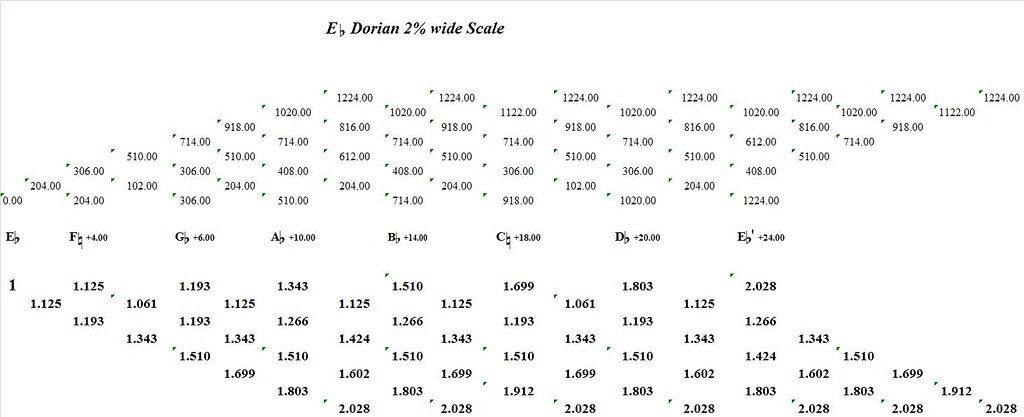







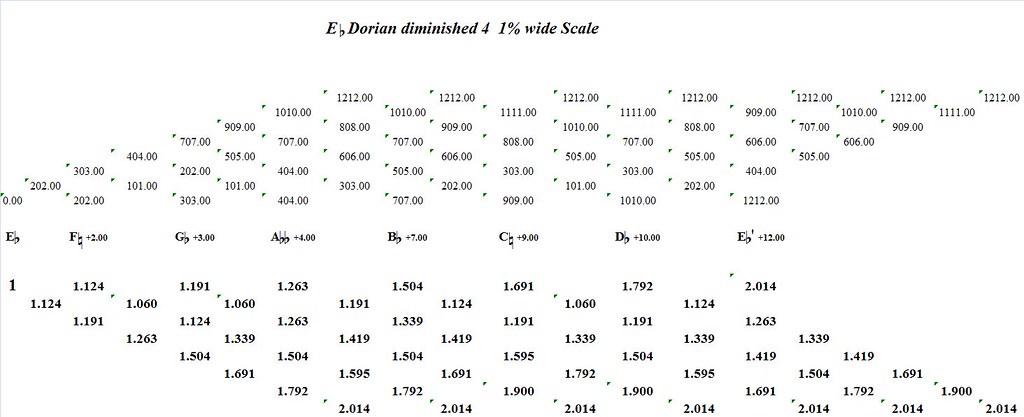







.jpg)



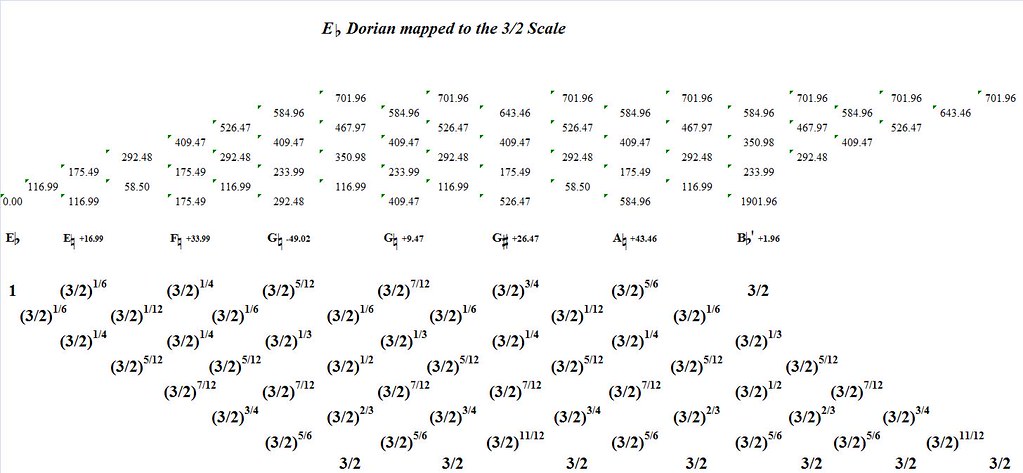
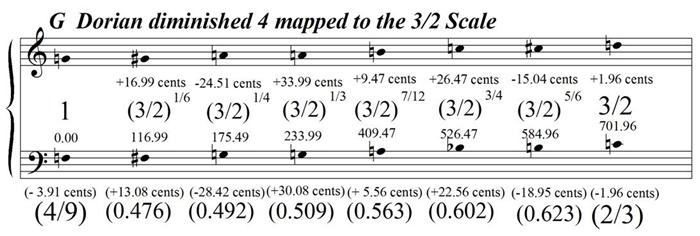

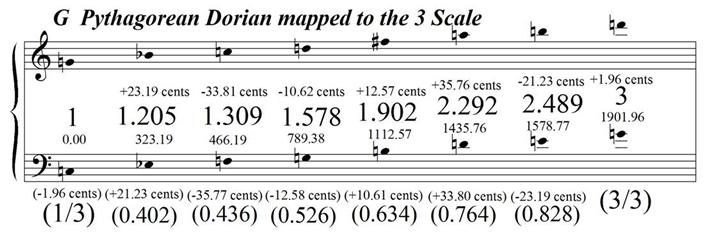
2002.jpg)


